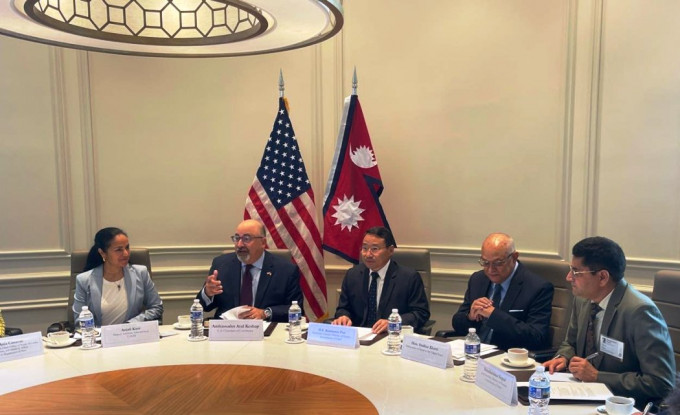Large number of people migrate from rural areas of Nepal to cities in pursuit of better living standards. However, the increasing migration trend has created the urban poor in Nepal’s major cities who get the opposite of what they migrated for.
The World Bank data shows, 49.30% of
Nepal’s city population lived in slums as of 2018. Slums lack healthy living spaces, and sanitation facilities putting the majority of its inhabitants at high risk of infectious diseases that are deadly. Nepal’s rapid change in demographics is a major contributor to the creation of the ‘urban poor’ who live in major cities of Nepal, with minimum living standards.
66 percent of Nepal’s population is now residing in the urban areas as compared to only 17.07 percent just 10 years ago. The mass migration of people to urban areas was expected to create problems of population mismanagement in the country.
Often regarded as temporary settlers, the slum population lack political recognition and representation. Political processes are conducted without the involvement of the majority of people living in slum settlements. “ We have had no birth registration nor can we show any proof of our ancestry belonging to Nepal. In such a situation, who will give us citizenship ? says 27 year old Ramila Pariyar, who lives with her two children in a makeshift hut on the banks of Bagmati river. Many people who live in slums do not possess any legal documents providing the necessary evidence to get a citizenship certificate.
The United Nations reports an increase in the
slum population of Nepal. The slum population as a proportion of the urban population increased from 1.2 million in 1990 to 3.1 million in 2009, and reduced slightly again to 2.8 million in 2014. As more people migrate to cities every year, housing is becoming unaffordable for low income households. Such a situation is seen more apparently in the capital city, Kathmandu. The Ministry of Urban Development also reports an increase in slum settlements in Kathmandu , Pokhara and as well as in other popular migrant destinations such as Dharan, Birganj, Bharatpur and Mechinagar.
People living in the valley slums of Kathmandu face tremendous hardships to make ends meet. “Being a single mother, with no formal education, the only job I have is that of a construction worker. The income is very irregular and there is no guarantee when there won’t be a job for me. This makes it difficult for me to pay the school fees and expenses for my daughter,” says Sunita, 35, living in the slum settlement near Bagmati river in the capital of Nepal.
Unemployment is a major problem among Kathmandu’s urban poor population, who find it difficult to sustain themselves in the present living cost situation. “We migrated from our villages to find employment in Kathmandu , but are only getting seasonal income here. We plan to move to Korea in the upcoming months to earn wealth for ourselves and our families,” says Ram Kumar, 25.
The present situation has created large disparities in all sectors of life between the urban population of slums and people living in proper housing facilities. Inequality is largely seen in immunization, antenatal care and education. The present cost of diagnosing and treating non communicable diseases is unaffordable for the urban poor.
Access to water and sanitation is scarce for the urban population according to the Ministry of Urban Development. Such a situation results in frequent outbreaks of waterborne epidemics in the slum communities of Nepal. “The urban health system of Kathmandu is weak, it needs to be better planned considering the needs of the urban population, especially the poor and marginalised who always struggle to secure their better health,” says Dr. Sushil Chandra Baral, an expert in developing health systems and the managing director of Herd International, a leading research agency in Nepal.
Surviving the current monsoon season is also very challenging for the people living in makeshift huts in the cities, with constant risk of leakage and destruction from the heavy rainfall. The 2015 study, ‘ Urban Poverty in Nepal’ mentions why slum and squatter settlements are vulnerable to natural hazards. They are often located in ‘ecologically sensitive’ areas like riverbeds, low beds and flood prone areas.
It is important that the urban poor be provided with proper housing options and sustainable income sources with the utilization of their skills to develop the nation.








